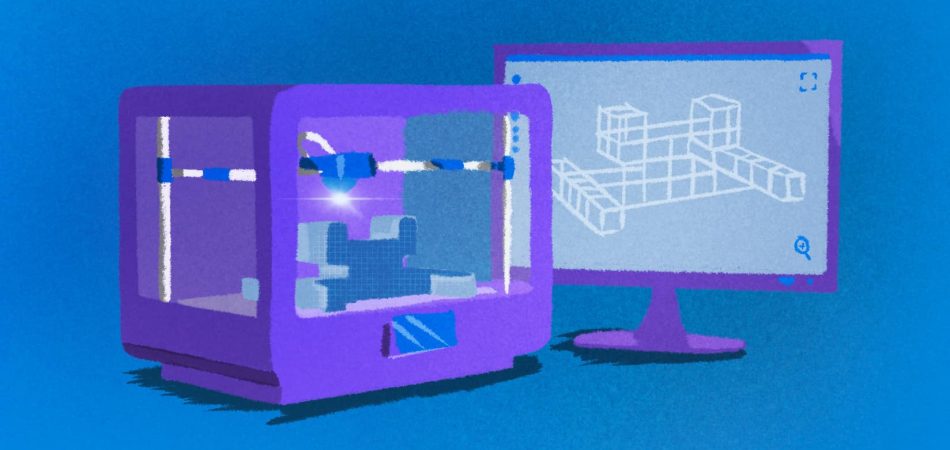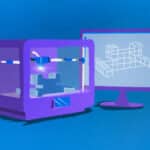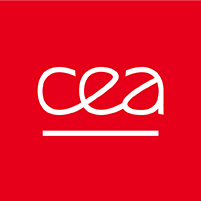
Additive manufacturing (AM), or 3D printing, is revolutionizing how industrial parts are produced. Basically, AM allows 3D models from CAD to be built very rapidly, depositing the material layer by layer. Initially intended for prototyping or tooling, AM is now rapidly expanding into the direct manufacturing of complex components for the aerospace, medical, automotive and other industries. AM offers a wealth of opportunities to save on materials. Additive processes are inherently more efficient than conventional processes and can also be used to obtain optimized geometries and lightweight components.
The benefits offered by AM combine advantageously with other routes to more economical use of materials (recycling, alternative materials) also being investigated by CEA. The goals of the intensive materials science research being conducted at CEA are to obtain a broader range of input materials, reduce material costs, and reuse materials in short cycles.
The AM processes addressed (laser powder bed fusion, stereolithography, and binder jetting) are all powder-based. CEA research to develop alternatives to critical materials is also ramping up. The idea is to fine-tune the materials’ metallurgy to enhance their properties.
Current research is focused on alloys with attractive properties but that are not very compatible with conventional casting or subtractive processes. AM, which broadens the scope of potential process parameters, opens up new opportunities for these materials.
The challenge for AM is to contribute to a more sustainable manufacturing model by enabling more efficient use of resources, the direct recycling of waste in short loops, shorter supply chains, and relocation of production activities.
Finally, highly versatile AM is also expected to play a decisive role in Industry 4.0.





